The Kirin 9000W has officially debuted, sparking renewed discussions in the industry.
Recently, Huawei has launched the previously released MatePad Pro 13.2 in overseas markets, with specifications largely consistent with the domestic version. However, on the Huawei official websites in countries such as Saudi Arabia, Malaysia, and Italy, the specifications page unexpectedly listed the processor model as Kirin 9000W.

Image source: Huawei Malaysia official website
This marks the first time since the return of the new Kirin chips that Huawei has publicly announced the device’s chip model on its official website, but the information displayed about the Kirin 9000W remains quite limited, with only a brief description stating that it features an octa-core CPU.
So, what exactly is the Kirin 9000W? How does it differ from the domestic version, the 9000S? The appearance of the Kirin 9000W on some overseas Huawei official websites raises questions about whether this was a careless mistake or a deliberate move to strengthen its overseas presence.
First Public Naming of the Chip
Back at last year’s autumn all-scenario product launch, Huawei’s MatePad Pro 13.2 was equipped with the same Kirin 9000S chip as the Mate 60 series.
It is worth noting that the so-called Kirin 9000S is not an official name from Huawei but rather a designation identified by benchmarking and testing software. It is reported that such software detects chip information by calling the operating system’s interface, matching it with known entries, while unfamiliar chips are named similarly to existing models (e.g., Kirin 9000).
Thus, the Kirin 9000W becomes the first publicly named chip since the strong return of Huawei’s new Kirin chips. However, due to the lack of detailed parameter information, it is difficult to assess the performance differences from the Kirin 9000S based solely on its octa-core architecture. Theoretically, if the Kirin 9000W is not just a formal name or a minor variant of the Kirin 9000S, it could represent an entirely new chip.
Industry speculation suggests that the Kirin 9000W may share the same configuration as the Kirin 9000S but with slight improvements in working frequency, as the larger surface area of the MatePad Pro necessitates better temperature control.
Regardless, the official debut of the Kirin 9000W indicates that the Kirin chip lineup is continuously expanding.
Currently, there are as many as six different versions of the Kirin 9000, including the original Kirin 9000, followed by the Kirin 9000E, Kirin 9000L, Kirin 9000S, Kirin 9000SL, and Kirin 9000W.
Among them, the Kirin 9000/9000E/9000L features a quad-core A77 plus a quad-core A75 CPU and a Mali-G78 GPU, supporting LPDDR4/5 memory, used in the Mate 40 series, P50 series, etc. Additionally, the Kirin 9000S is equipped with a quad-core TaiShan V120 plus a quad-core A510 CPU and a Mali-G910 GPU, supporting LPDDR5X memory, used in the Mate 60 series and Mate X5. The Kirin 9000SL is simplified to a tri-core TaiShan V120 plus a tri-core A510, used in the nova 12 Ultra series.
Industry analysts suggest that based on different exposure processes, the Kirin 9000S will have chips with “common ancestry” but differing performance and naming. To provide differentiated devices, Huawei needs to adopt such industry practices and mainstream approaches. As the Kirin 9000 becomes history and new chips take over, it signifies a new breakthrough for domestic production, opening a new chapter.
Additionally, it is reported that the Huawei Kirin 9010 processor is currently in testing, potentially for the upcoming P70 series smartphones. However, some believe that based on Huawei’s current pace of chip development, the Kirin 9010 may not be used in the P70 phones but could be featured in the Mate 70 series set to launch in the second half of 2024, which will drive a new wave of domestic smartphone excitement.
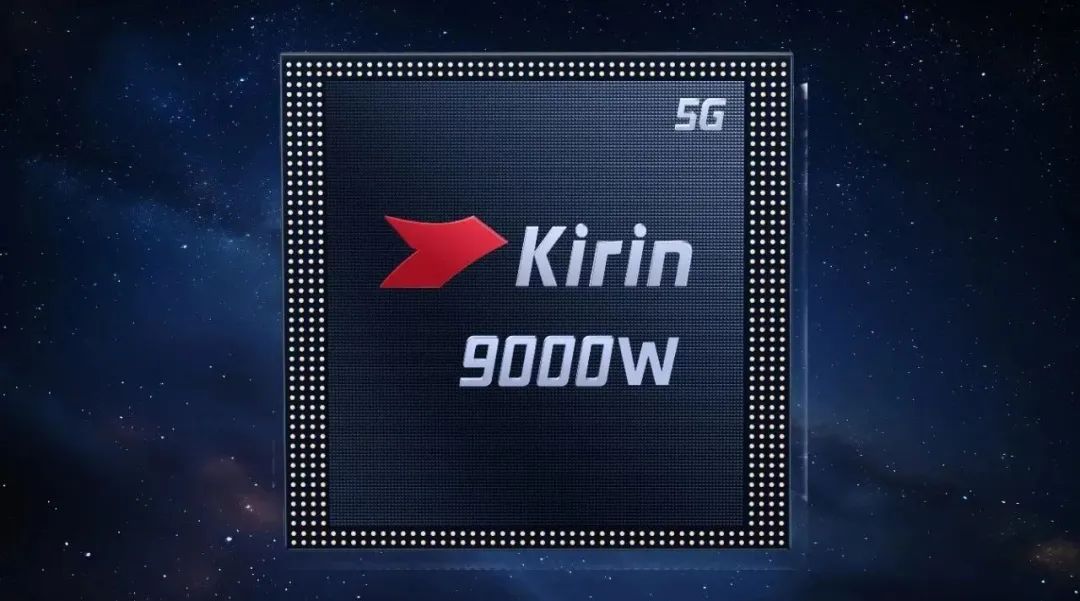
Configuration Information and Performance
Currently, Huawei has not disclosed any information about this processor, but according to some tech bloggers, relevant configuration details have already appeared online, mainly consisting of three major modules.
01 Core Architecture and Process Technology
The Kirin 9000W utilizes advanced 5nm process technology, which offers higher transistor density and lower power consumption compared to the 7nm process of the Kirin 9000S. This means the Kirin 9000W can achieve stronger performance in a smaller volume while also boasting a better energy efficiency ratio. In terms of core architecture, the Kirin 9000W employs high-performance Cortex-A78 CPU cores, which have been deeply optimized by Huawei, delivering excellent performance in both single-core and multi-core tasks. The Kirin 9000W also features efficient Cortex-A55 efficiency cores, which can significantly reduce power consumption when handling lightweight tasks, extending device battery life.
02 Graphics Processing and AI Capabilities
In terms of graphics processing, the Kirin 9000W is equipped with a high-performance Mali-G78 GPU. This GPU offers outstanding graphics rendering capabilities and an efficient energy consumption ratio, providing a smooth and detailed experience. For AI capabilities, the Kirin 9000W utilizes Huawei’s self-developed Da Vinci architecture NPU (Neural Processing Unit). This NPU possesses ultra-high AI computing power, capable of efficiently handling various complex AI tasks. Whether in voice recognition, image recognition, or natural language processing, the Kirin 9000W delivers excellent performance and accuracy.
03 Connectivity and Security
In terms of connectivity, the Kirin 9000W supports 5G communication networks and is compatible with both SA and NSA networking modes. This means that this processor can provide stable and high-speed network connections. Moreover, the Kirin 9000W supports Wi-Fi 6+ technology, enabling faster and more stable wireless network connections. Regarding security, the Kirin 9000W employs various hardware-level security protection technologies. These technologies effectively prevent malware intrusion and data leakage, ensuring user information security. Additionally, the Kirin 9000W supports multiple encryption technologies to encrypt sensitive data, further enhancing device security.
What Level Does It Stand At?
So, what level does this processor stand at? From the current development stage of mobile processors, Apple’s A series is undoubtedly at the top of the industry. Following closely are Qualcomm’s Snapdragon and MediaTek’s Dimensity series chips from Taiwan. Currently, Apple’s most advanced chip is the A17 Pro, Qualcomm’s is the Snapdragon 8 Gen 3, and MediaTek’s is the Dimensity 9300+, all designed with a 4nm process. Although Huawei has made significant breakthroughs in chip manufacturing technology, it is still facing unfair practices such as processor supply cuts and technology blockades from abroad, and chip manufacturing is an extremely sophisticated technology that requires the collaborative efforts of many countries and numerous tech companies. Therefore, if Huawei aims to achieve full self-manufacturing of cutting-edge processors, it still has a long way to go.
Strengthening Overseas Layout Through Point-to-Surface Strategy?
As is well known, one of Huawei’s “trump cards,” the Kirin series chips, was forced to halt updates due to international sanctions, leading to a certain degree of performance compromise in Huawei smartphones. However, last year’s Mate 60 series made a significant impact on the Chinese smartphone market, with the Kirin 9000S being the biggest “contributor,” representing Huawei’s breakthrough from the blockade and its return to prominence.
Following the dazzling debut of the Kirin 9000S, Huawei has successively introduced several new Kirin chips, including the downclocked version of the Kirin 9000S, the Kirin 8000, and the Kirin 9000SL, supporting the iteration and development of product lines such as MatePad and nova smartphones. Among them, the CPUs of the downclocked version of the Kirin 9000S and the Kirin 8000 both adopt a “1+3+4” architecture, with GPUs being Maleoon 910 and Mali G610, respectively, used in the MatePad Pro 11 2024 model and nova 12 Pro smartphone.
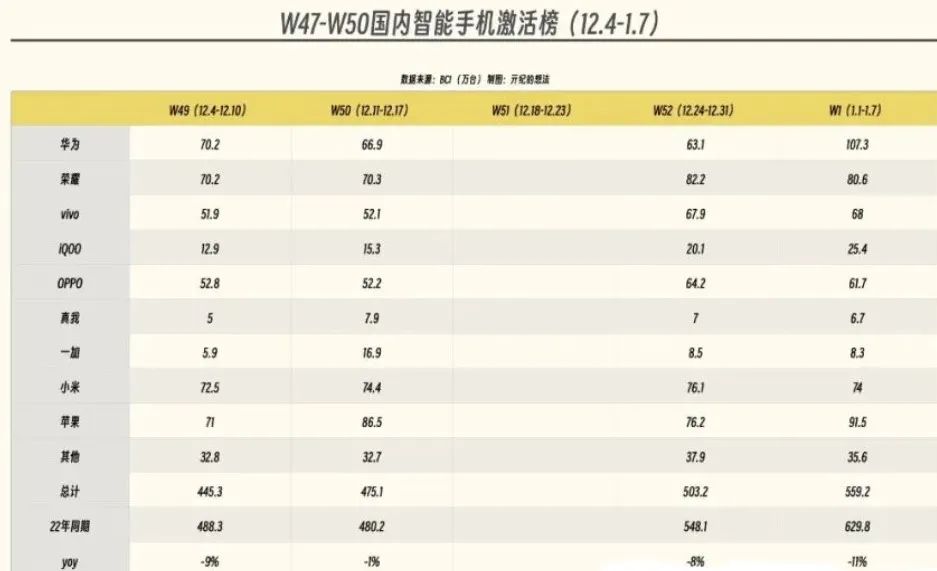
Data source: BCI
According to research firm BCI, thanks to the launch of the Nova 12 series, Huawei smartphones significantly led the domestic smartphone activation volume in the first week of 2024, ranking first with 1.073 million units. A horizontal comparison shows that its average activation volume over the past three weeks is about 670,000 units, with a month-on-month growth of nearly 60%. Additionally, a report released by Canalys indicates that in the third quarter of 2023, Huawei held a 24% market share in China’s tablet market, a year-on-year increase of 90%. With the shipment of the MatePad Pro 11 2024 model and MatePad Pro 13.2, Huawei’s tablets may further claim the top spot in the domestic market.
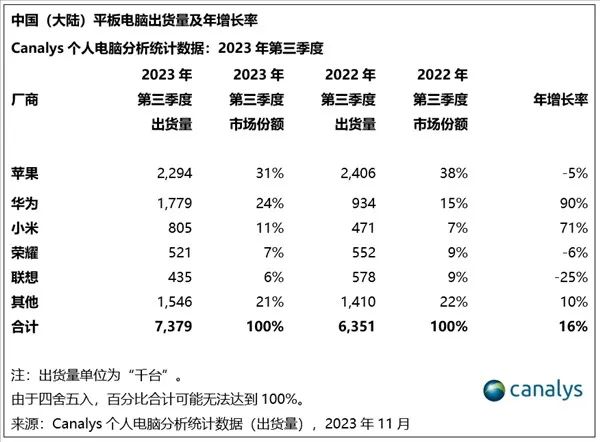
It is evident that Huawei’s strategy of a strong return with the new Kirin chips is continuously broadening its depth.
Firstly, Huawei is re-entering the high-end smartphone market through models like the Mate series and Mate X5 equipped with the Kirin 9000S, then further strengthening the shipment volume of its mid-range smartphones and the entire smartphone product line through models like the nova 12 Ultra and nova 12 Pro equipped with the Kirin 9000SL and Kirin 8000, as well as challenging Apple’s dominance in the domestic tablet market with the MatePad Pro 13.2 and MatePad Pro 11 2024 models equipped with the Kirin 9000S and its downclocked version.
However, if Huawei remains rooted in the Chinese market, there are certain limitations, as historically, all successful technologies and ecosystems have inevitably achieved globalization. Therefore, after regaining a foothold in the domestic market, Huawei is eager to explore overseas markets.
On December 12, 2023, Huawei held an innovative product launch in Dubai, introducing several new products, including the MatePad Pro 13.2-inch, to the global market. By late January this year, Huawei officially announced the Kirin 9000W processor for the MatePad Pro 13.2 on its company websites in Saudi Arabia, Malaysia, Italy, and other countries.
Industry insiders point out that this move is not a careless mistake by Huawei but can be seen as a deliberate action, indicating a certain degree of testing for the sales of its various products in overseas markets. Therefore, this can be viewed as a prelude to Huawei’s return to overseas business, and if progress goes smoothly, Huawei’s tablets, PCs, smartphones, and wearable devices will open up a new development landscape in the global market.
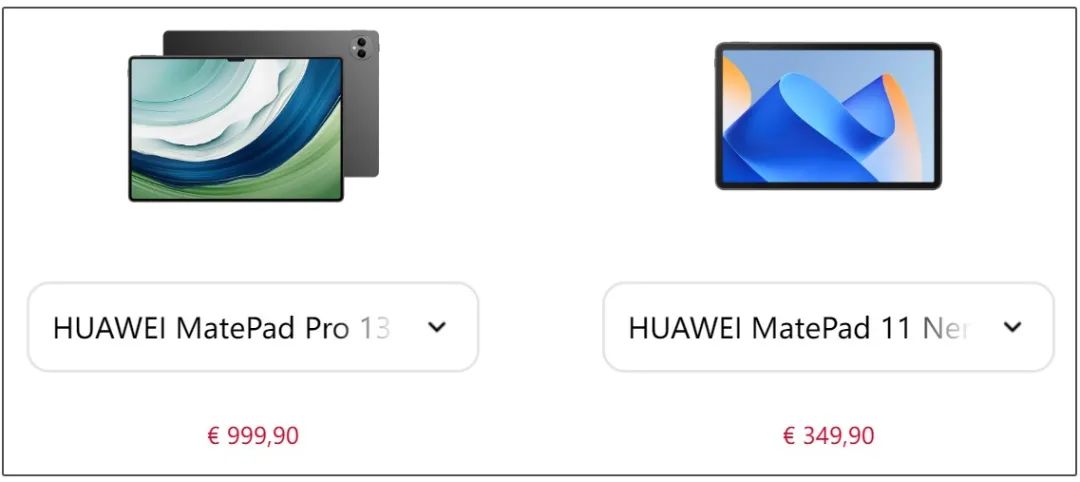
Image source: Huawei Italy official website
Currently, the Huawei MatePad Pro 13.2-inch tablet has begun pre-sales overseas, with shipments expected to start in February. Notably, the 12GB+256GB version of this model is priced at 5,599 yuan on Huawei’s domestic website, while it is priced at 999 euros (approximately 7,770 yuan) in Italy, 4,599 ringgit (approximately 6,984 yuan) in Malaysia, and 3,599 Saudi riyals (approximately 6,890 yuan) in Saudi Arabia, all exceeding the domestic price by over a thousand yuan.
Source | Comprehensive Network
Recommended Reading—— The U.S. adds 13 Chinese companies to the “Unverified List” (with Chinese list attached) An Overview of the Global Semiconductor Industry’s Bottoming Out from Nine Major Equipment Manufacturers Understanding the Technical Characteristics of HBM, the Core of Computing Power The U.S. Upgrades AI Chip Export Ban, 13 Chinese GPU Companies Added to Entity List (with list attached) Here We Go Again! Foreign Media: The U.S. Department of Commerce Will Impose Export Controls on 42 Chinese Companies (with Chinese list attached) The U.S. Department of Commerce Again Adds 11 Chinese Entities to the Entity List (with list attached) The U.S. and Europe Worry About China’s Accelerated Production of Traditional Chips! Experts: The U.S. Government Lacks a Clear Strategy on Chip Issues with China Japan’s Advanced Semiconductor Export Controls Will Take Effect on July 23, Affecting 23 Types of Manufacturing Equipment (with details attached) Involving Nearly 20 Chinese Companies! The U.S. Congress Investigates Four U.S. Venture Capital Firms’ Investments in China (with list attached) The U.S. Announces Sanctions on 13 Chinese Entities and Individuals, Our Embassy in the U.S. Responds (with list of sanctioned targets) [Semiconductors] The U.S. Adds 12 Chinese Companies to the Export Control “Entity List” on the Grounds of Involvement with the Russian Military

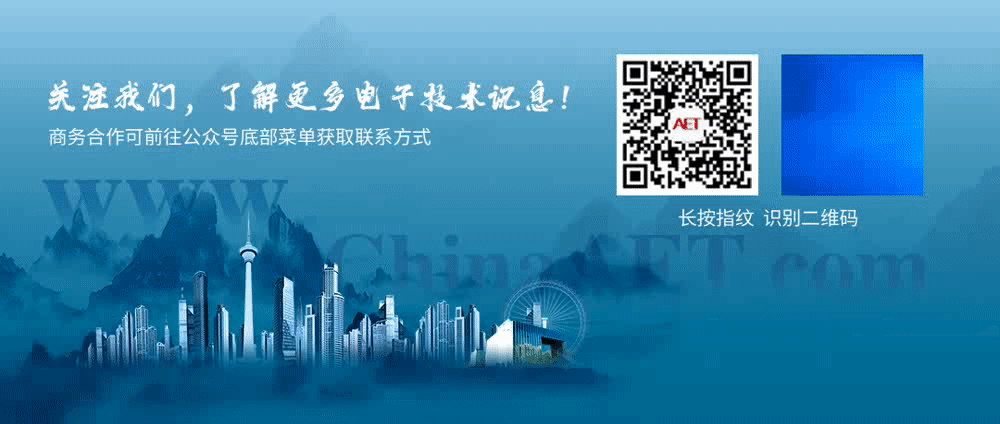
☞ Business Cooperation: ☏ Please call 010-82306118 / ✐ Or email [email protected]
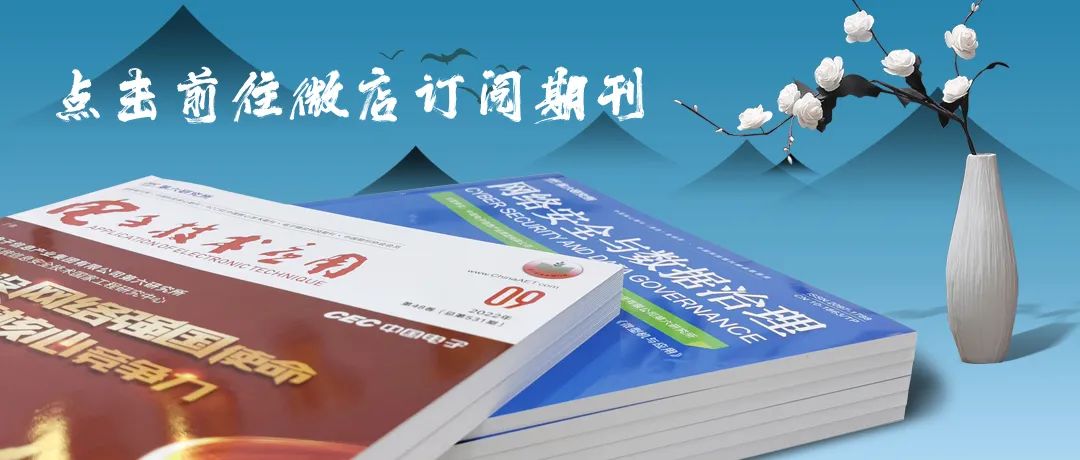
Click here to “Read the Original”, directly to the Electronic Technology Application official website